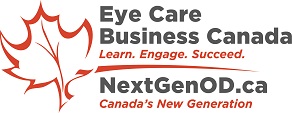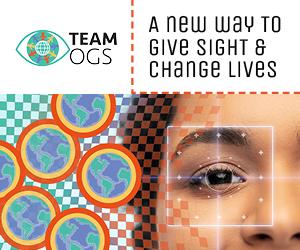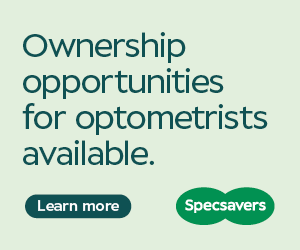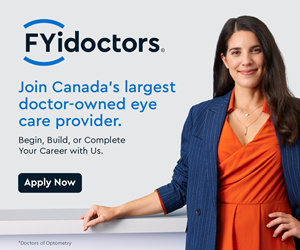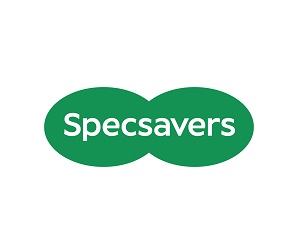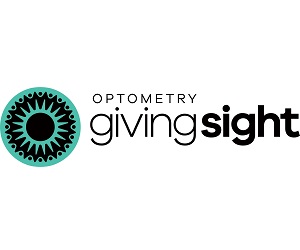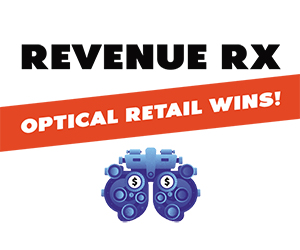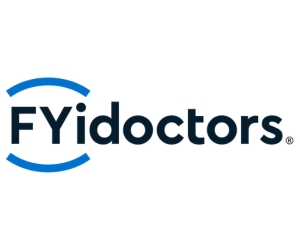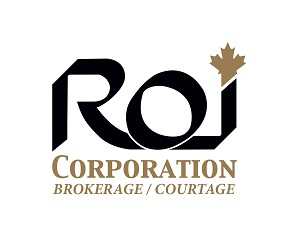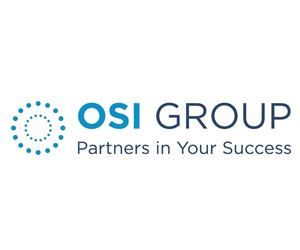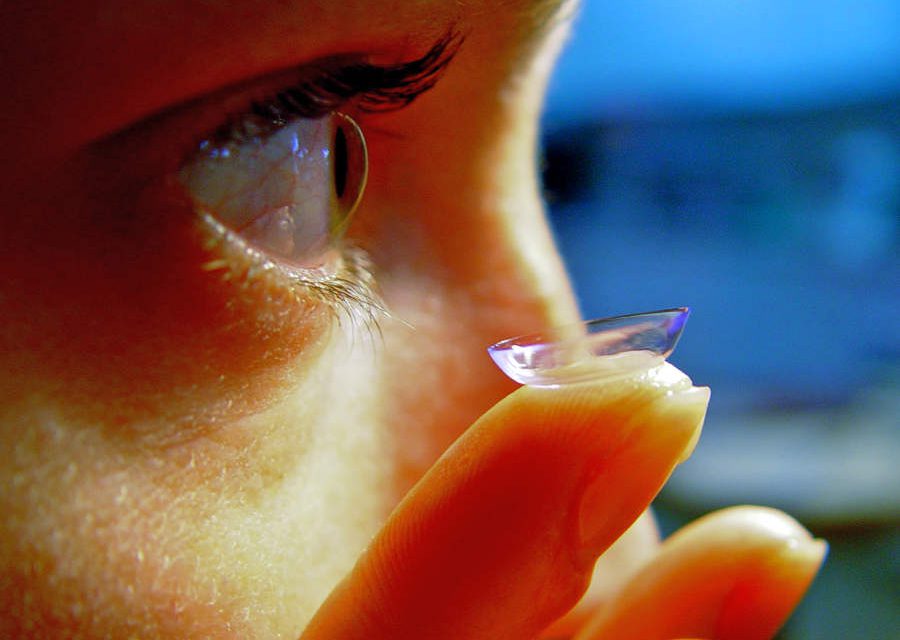
Editor’s Note: Hubble Contacts started supplying Canadian residents late in 2017 and provides its services to Canadian addresses. The Canadian price point is $40 for a monthly subscription (versus $30 US for US residents). TV and Internet ads do spill over from US media to Canadian viewers. InfoClip.ca previously reported on the funding Hubble received for a Canadian launch. Click here to read more.
By now, you’ve probably heard–or seen on TV or online–that Hubble has launched. Not the space telescope, but an online subscription service marketed as a low-cost source for daily disposable contact lenses.
Hubble clearly presents their value statement–and independent ODs who specialize in contact lens services are challenged to be clear in presenting ours, as well.
First off, with Hubble the contacts won’t be the ones we have prescribed for the patient; rather, they are a generic daily disposable created especially for Hubble. The lenses are made of a version of methafilcon with a Dk/t of 18.8, rather than today’s standard of Dk/t of 80 or even 100 for premium lenses. In other words, Hubble lenses allow four-five times less oxygen to reach the cornea that do branded lenses than we regularly prescribe.
Whatever the quality of the lenses, the lure of inexpensive daily disposables may be hard for patients to resist. The site touts: “With your first shipment you’ll get 15 pairs of Hubble lenses for free. Just cover the monthly $3 for shipping & handling.” After that first complimentary shipment, you can get 60 lenses per month for $30.
The site has a doctor locator to facilitate prescriptions especially for Hubble lenses by connecting the patient to doctors who have Hubble fitting sets, and are open to writing prescriptions specifically for Hubble’s product.
Instead of being alarmed about this new price-driven option for consumers, at our practice we have a practical and workable solution: Before we talk about price, we talk about value.
Increase Marketing of Daily Disposables
One thing I like about Hubble is they are promoting daily disposable contact lenses. Currently in the U.S., daily disposables are just under 30 percent of the contact lens market. One of Hubble’s goals is to grow that market. That growth would be good for Hubble, but also good for us as practitioners.
I have a large three-doctor practice that places a heavy emphasis on contact lenses. Last year my practice generated just over $3 million in total revenue. Approximately 17 percent of our total revenue is generated from the sale of contact lens materials, and another 8 percent from contact lens professional fees.
Our practice is close to 60 percent daily disposable lenses of all soft lens sold, and 76 percent daily disposables in the spherical category. We have gotten to those figures by educating patients on the advantages of the daily disposable modality. In my view, there are two advantages to daily disposables over other modalities: health and convenience.
My staff and I explain to patients that having a fresh lens every day is the healthiest way to wear a contact lens. That statement by itself is usually easy for a majority of patients to understand. Most patients who are in a frequent-replacement lens can relate to the feeling of putting a new fresh lens on. Now they can have that feeling every day.
For convenience, I merely ask patients if they like cleaning their contact lenses. Most, if not all, patients do not like having to clean their lenses every day. I explain to them that with daily disposables, cleaning is a thing of the past. Also, they will save the average of $100 per year that most people spend on contact lens solutions.
To sell any product you need to show the consumer why that product is better than other products. Contact lenses are no different.
Price Isn’t the Primary Motivator for CL Buyers
Price is not the number-one reason people purchase a product. Research reveals that price often is the fourth mostly important reason for purchasing, following functionality, utility and brand. Ten percent of consumers purchase based on price alone. For that reason I’m not overly concerned about Hubble. As independent practitioners, we should concentrate our efforts on the people who buy based on the other reasons listed above. Besides, how many patients come to us to purchase on price? My guess is most come to us for other reasons.
Even Hubble realizes that price isn’t the only reason to purchase from them. Like other companies, they are trying to build their brand. Greycroft Partners’ Ellie Wheeler, a Hubble investor says, “In a lot of categories, you didn’t care about a brand until you did. We’re making a bet that Hubble can create a brand that resonates with consumers. Delivery and convenience are only part of what they’re offering.”

Talk In Terms of Benefits
Rather than getting mired in a price conversation, point out the benefits of the contacts you prescribe. If the patient broaches the possibility of purchasing from Hubble instead, emphasize how the contacts you prescribe provide greater benefits to the patient’s eye health and vision than those available through Hubble.
In my practice, we don’t talk price as much as we talk value. For us, that value proposition is twofold: health and new technology.
For health, I mention to patients that the newer lenses to the market generally allow about four times more oxygen to reach the cornea than older-generation lenses. The cornea needs oxygen to function properly. Inadequate oxygen supply can lead to a higher incidence of corneal ulcers, an increase in redness and corneal swelling, which can result in poor or changing vision. I use that wording rather than neovascularization or edema to make it easier for patients to understand.
New technology is also mentioned to the patient and explained, as newer materials that are healthier, more comfortable and more wettable, which aids in reducing a dry eye feeling.
Hubble contact lenses are made from methafilcon A, which is a material that has been around for over 15 years, and has a Dk of 18. In comparison, newer daily disposables, such as Oasys 1-day (Dk 103) and Dailies Total One (Dk 140), are both over that 100 Dk threshold. They are also manufactured to help maintain moisture in the lens better than previous-generation contact lenses. Without getting into medical jargon, I explain that the contacts I have prescribed allow more oxygen to permeate the lens, and keeps the lens moister, resulting in greater comfort, and less chance of having to take the contacts out and switch into glasses for relief on a long day.
Most patients assume all lenses are alike, and Hubble is trying to capitalize on this perception. It is our job as optometrists to educate our patients as to the difference in lenses. Again, in our office we do this by highlighting the differences in lenses, such as oxygen transmission, wet ability, comfort, technology, etc.
Offer Resistant Patients Options
In our daily disposable lenses we have several tiers of products. On the high end we offer lenses like Dailies Total One and 1 Day Oasys. We explain to the patient why these cost more–higher oxygen, newer material, more comfortable, etc. I recommend those lenses first as I believe they are better products. From there we move down the lens category list to lesser-priced products if cost is an issue. My experience has shown that most patients will opt for the better product, and even if they do not, they will still purchase the lower-priced daily disposable lens, and stay in the daily disposable category.
If patients are skeptical, then I at least let them experience the better lenses by letting them “test drive” the contacts I have prescribed outside the office for a week. Nothing sells a daily lens better than letting patients experience the comfort and convenience of the newer lenses that are on the market.
Closely Track Your CL Sales & Adjust as Needed
Internet sales account for 15-20 percent of all contact lens sales, and Hubble itself has not yet had a significant effect on our practice. Our sales of contact lenses remain strong, and it is integral part of our practice, accounting for close to 20 percent of our revenue. If we see sales drop, then we will have to rethink our pricing.
I do not think we would lower the price of our premium lenses, but we may offer a lower tier if too many sales are leaving the practice. We have to be careful in that area, as trying to be too many things to too many people can be a disaster for a business. Just look at companies like Sears and JCPenney that tried to be too many things, but they weren’t really great at any one thing. As an independent practice, I believe we need to have a game plan for what type of practice we are going to be. If you are high end, stick to high end; if you are low cost stick to low cost. That is what Hubble is doing, and they know their niche.
Even the founders of Hubble realize their limitations. When asked about the potential for Hubble, co-founder Jesse Horwitz replied: “Dollar Shave Club and Harry’s together have taken 20 percent of the cartridge market. If we were to take 10-15 percent of the U.S. market, that would be $600 million, but we are also expanding the market. If you can claim a few points of market share, you can have a very good-sized business.”
As independent optometrists, we should focus on the 80 percent of patients who want to buy from us, and not the 20 percent who want to shop elsewhere.
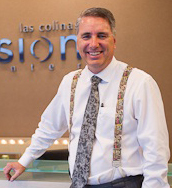
KEN KRIVACIC, OD
Ken Krivacic, OD, is the owner of Las Colinas Vision Center in Irving, Texas. To contact him: kkrivacic@aol.com.
